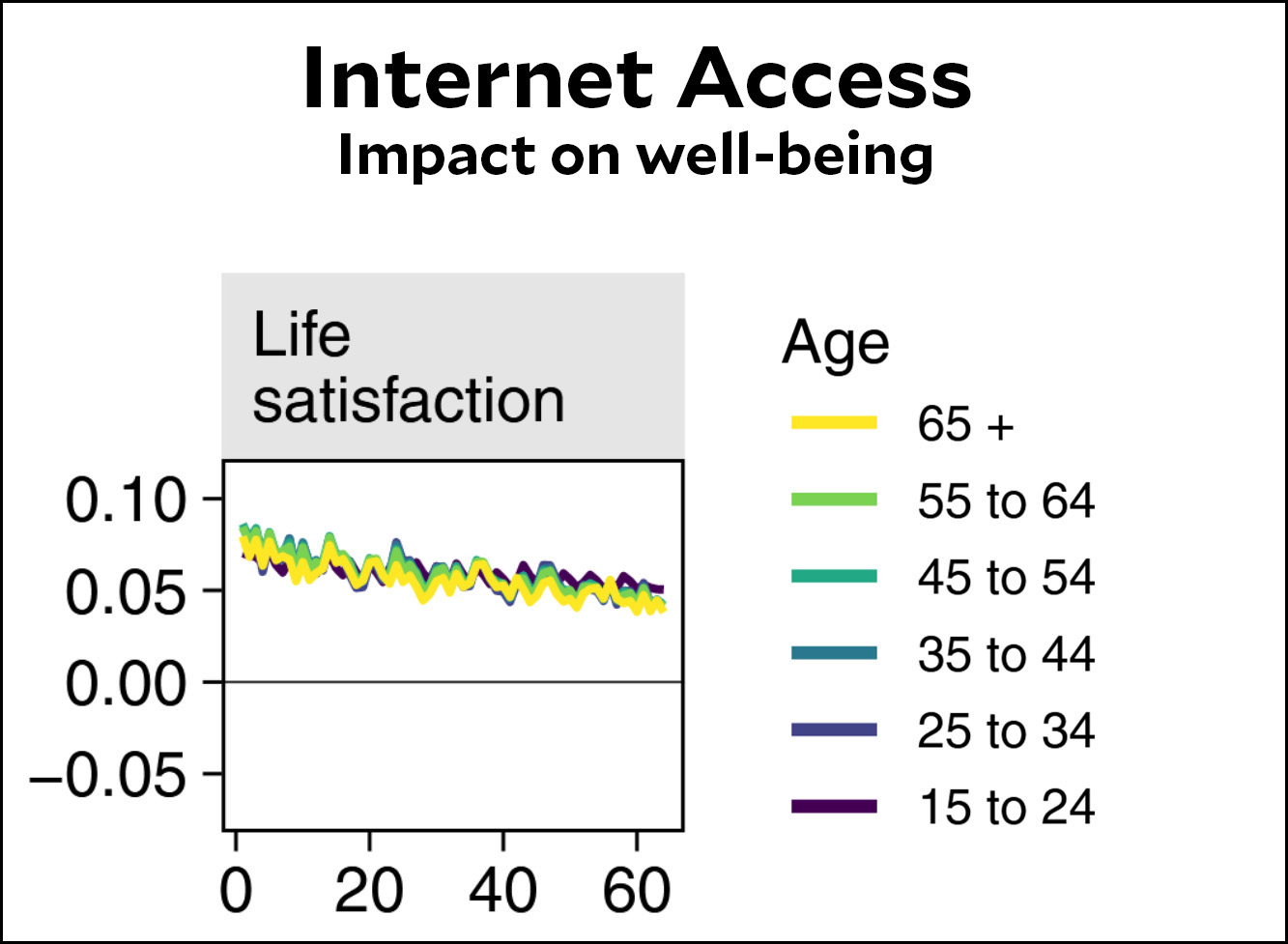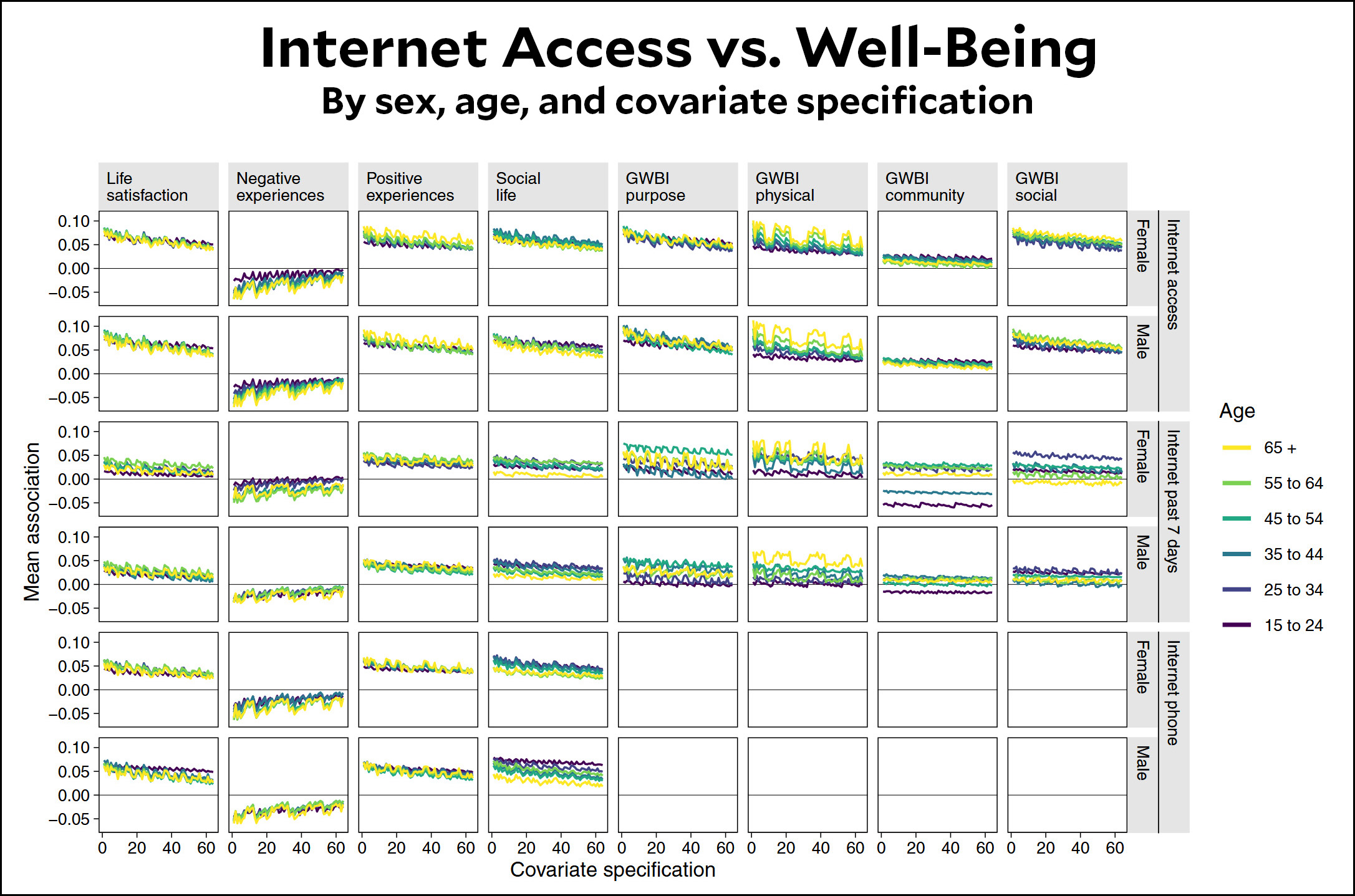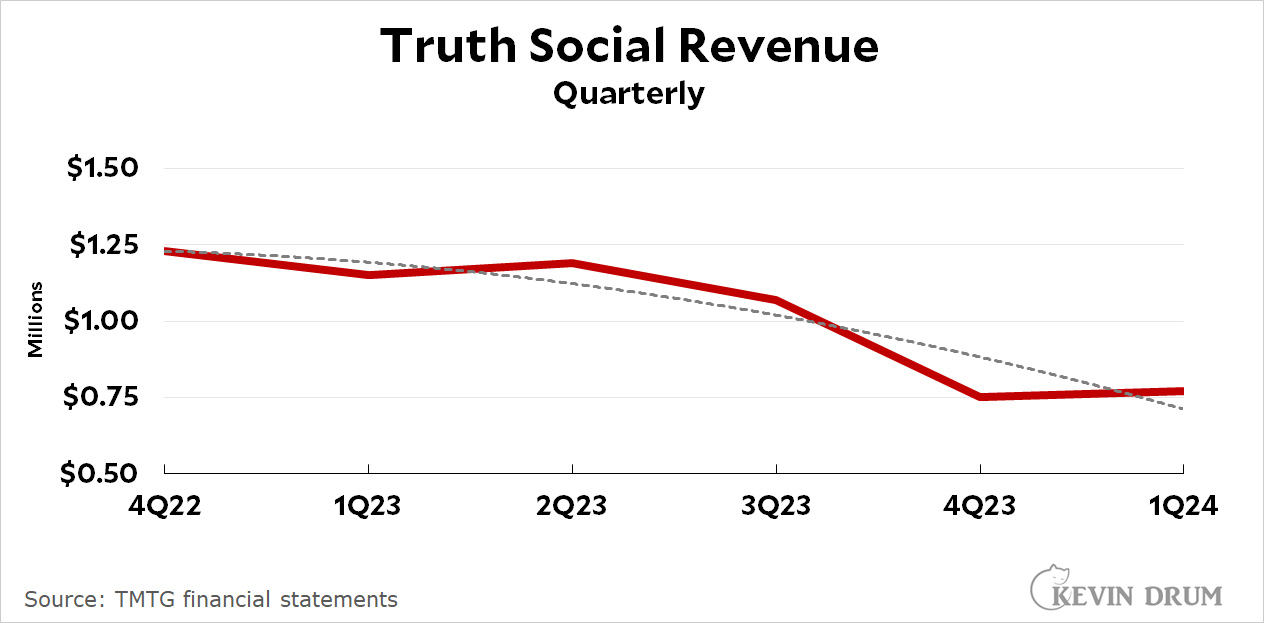Last week the US Trade Representative published a 4-year review of the tariffs levied on China by Donald Trump and continued by Joe Biden. There are a few things of note. First of all, imports from China that were subject to tariffs did indeed fall:
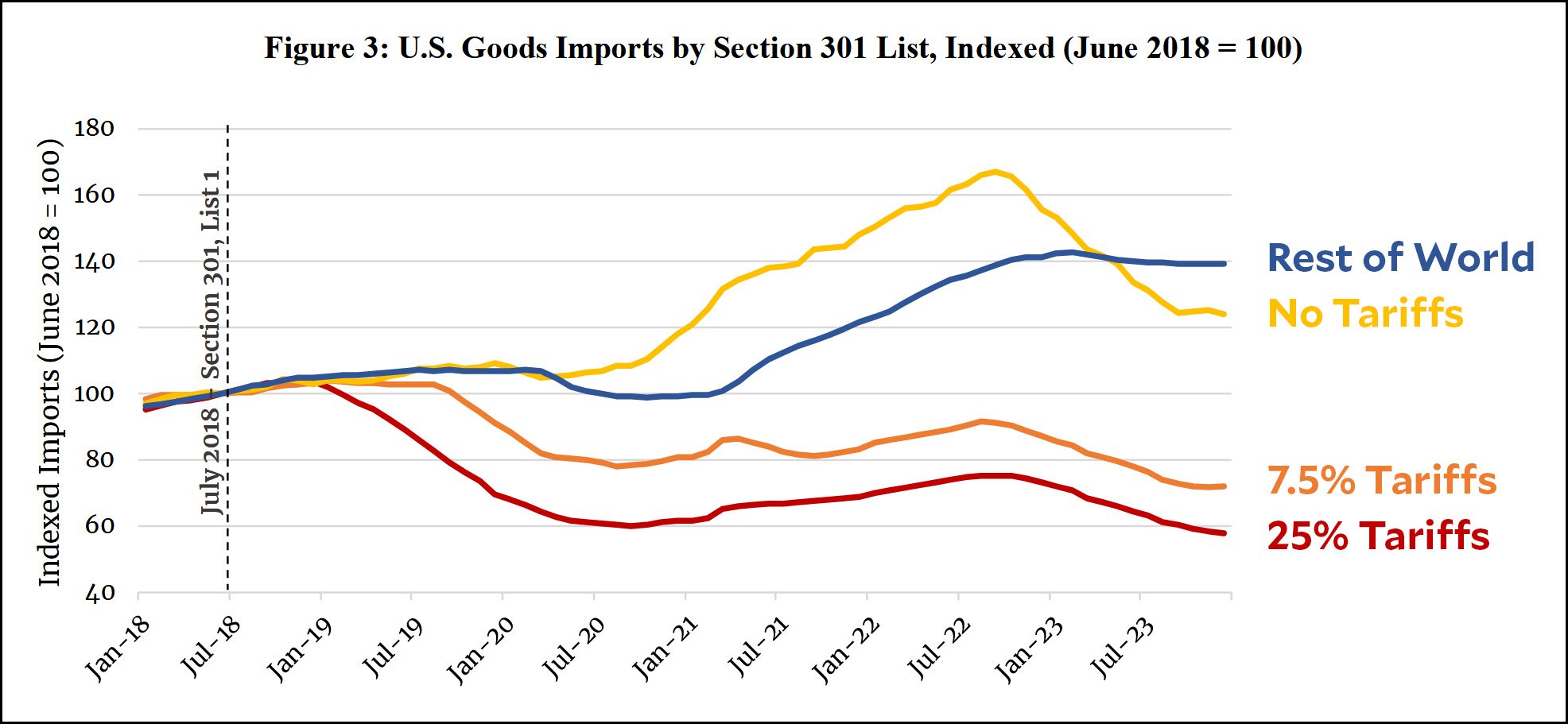 As you can see, import of products from China that were subject to tariffs dropped by 30-40%, while products not subject to tariffs increased about 20%. Much of the drop in Chinese imports was made up via imports from other countries, leading to an increase of 40% in imports from elsewhere in the world.
As you can see, import of products from China that were subject to tariffs dropped by 30-40%, while products not subject to tariffs increased about 20%. Much of the drop in Chinese imports was made up via imports from other countries, leading to an increase of 40% in imports from elsewhere in the world.
Second, tariffs increased the average US price for the affected products:
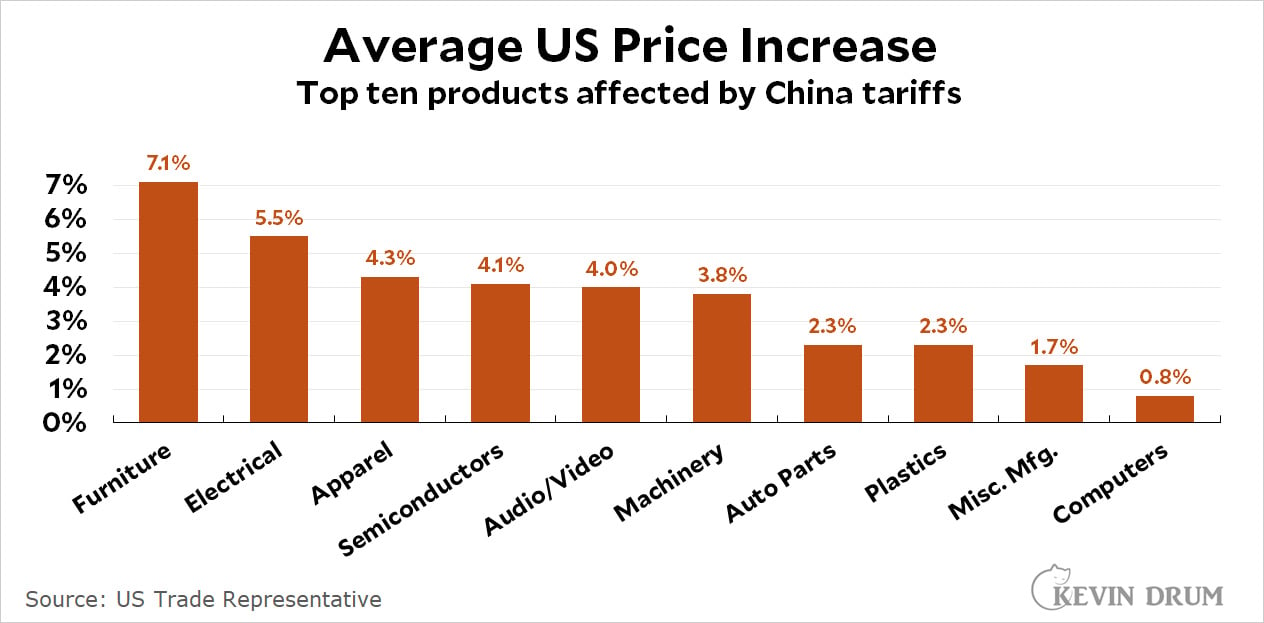 Other effects noted in the report:
Other effects noted in the report:
- Neither employment nor wages in US manufacturing increased, probably because most of the drop in Chinese imports was made up by increased imports from Taiwan, South Korea, and other countries.
- Tariffs pushed China to steal or forcibly transfer US technology slightly less than before, but only slightly.
- US companies are increasingly moving production out of China.
- The impact of tariffs on China's economy is fuzzy, but probably on the order of ½-1% of GDP.
- Chinese suppliers did not reduce prices in response to tariffs. The full cost of the tariffs was borne by US consumers.
So that's that. Tariffs increased some prices in the US but didn't increase manufacturing and probably had only a modest effect on China's economy. This shouldn't come as a surprise. As big as China is, imports from China still make up only about 1% of US GDP. The effect of the China tariffs is sizeable in a few very specific industries and geographic areas, but that's about all.

